State Comptroller Matanyahu Englman identified several failures in the work of identifying the bodies of the October 7th victims at the Shura IDF camp, Kan News revealed on Wednesday.
Following a petition to the Supreme Court, Engelman’s investigation was frozen but the report on Shura was completed prior to the ruling.
The report revealed that immediately following the massacre, a decision was made not to carry out CT scans of the murdered civilians to speed up the identification – which resulted in bodies being buried together.
In the report, it was explained that the CT machine is limited to a certain number of tests per hour. However, due to the lack of CT scans, the inspectors didn’t realize that some of the body bags held more than one body. As a result, some victims were considered missing or abducted for months, and in some cases, were only identified after the opening of kevarim in which it was suspected that the person buried in it was with the missing person at the time of the massacre.
Unlike civilians, CT scans were carried out on the bodies of IDF soldiers. However, there were cases where kevurah was carried out first, and only afterward, inspectors became aware through the CT scan that more than one victim was buried in one kever. As a result, the kevarim had to be opened.
The audit also found that contrary to “routine” regulations, a decision was made after the massacre not to photograph the bodies, and no forensic tests were carried out, which means that there is no evidence of certain crimes, particularly the abuse of bodies.
Another mistaken decision at the camp regarding civilian casualties was to open the body bags only enough to reveal the head of the victim. If that wasn’t enough to identify the victim, the bag was closed and placed on the side. However, fully opening the bags could have revealed personal objects, such as identity cards, wallets, or cell phones, that could have aided in identifying the victim.
The report noted that the forensic inspectors faced an unprecedented challenge. The number of bodies that needed to be identified at one time was the most in Israeli history and many of the bodies were mutilated, making the identification process difficult and emotionally harrowing.
(YWN Israel Desk – Jerusalem)


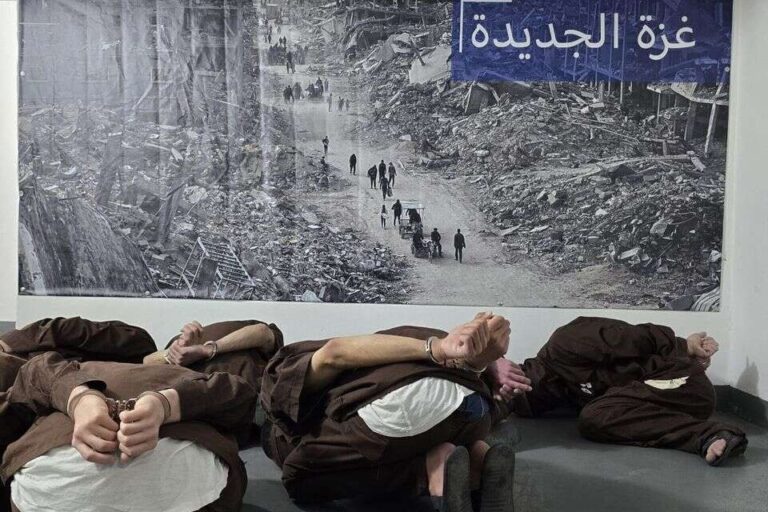

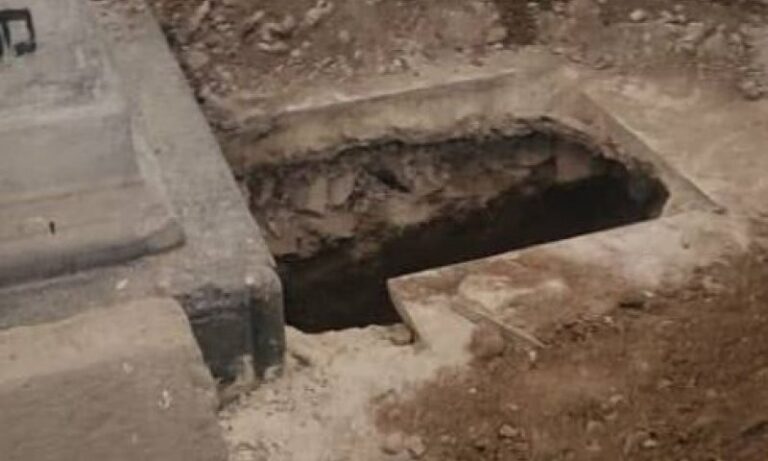
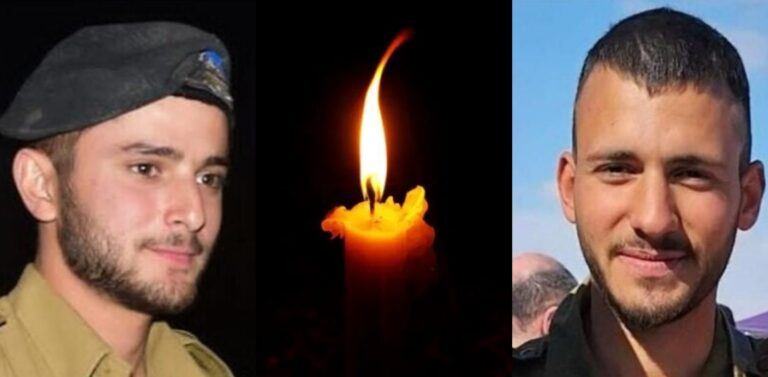
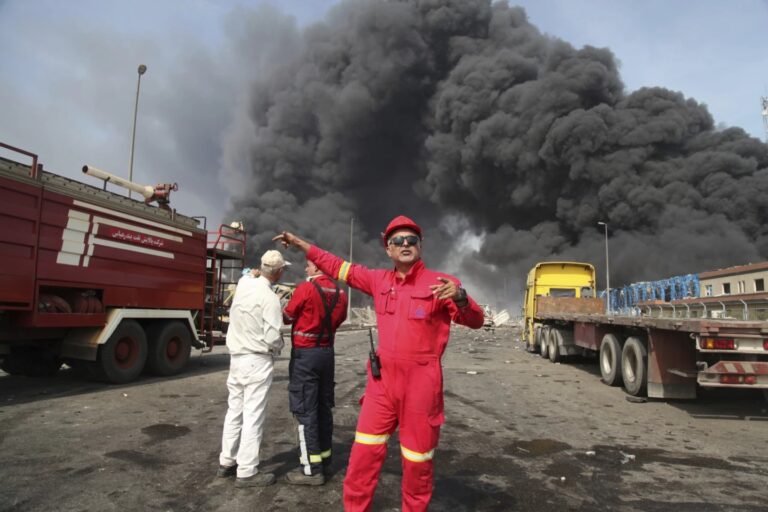




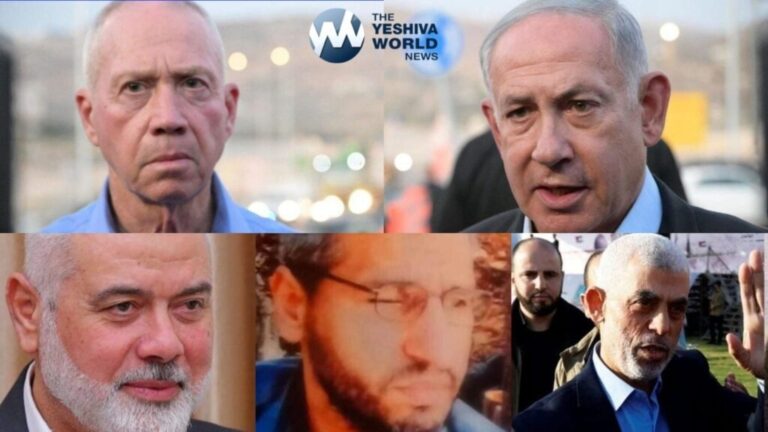
4 Responses
I hope this uncalled for rush didn’t result in any unsolved/ unnecessary עגונה dillemas
This is absurd. The soldiers in question were primarily rabbanim. They did the best they could given the overwhelming load, and a lack of equipment. They worked incredibly long days in the heat. These are tsaddikim. Any errors made were just that, human error.
@147 the rush was to give families closure. I know a very chashuva family who thought their son was kidnapped for a week before they got word. You cannot imagine the gehenom they went through.
when you hurry up and rush, mistakes are bound to happen.